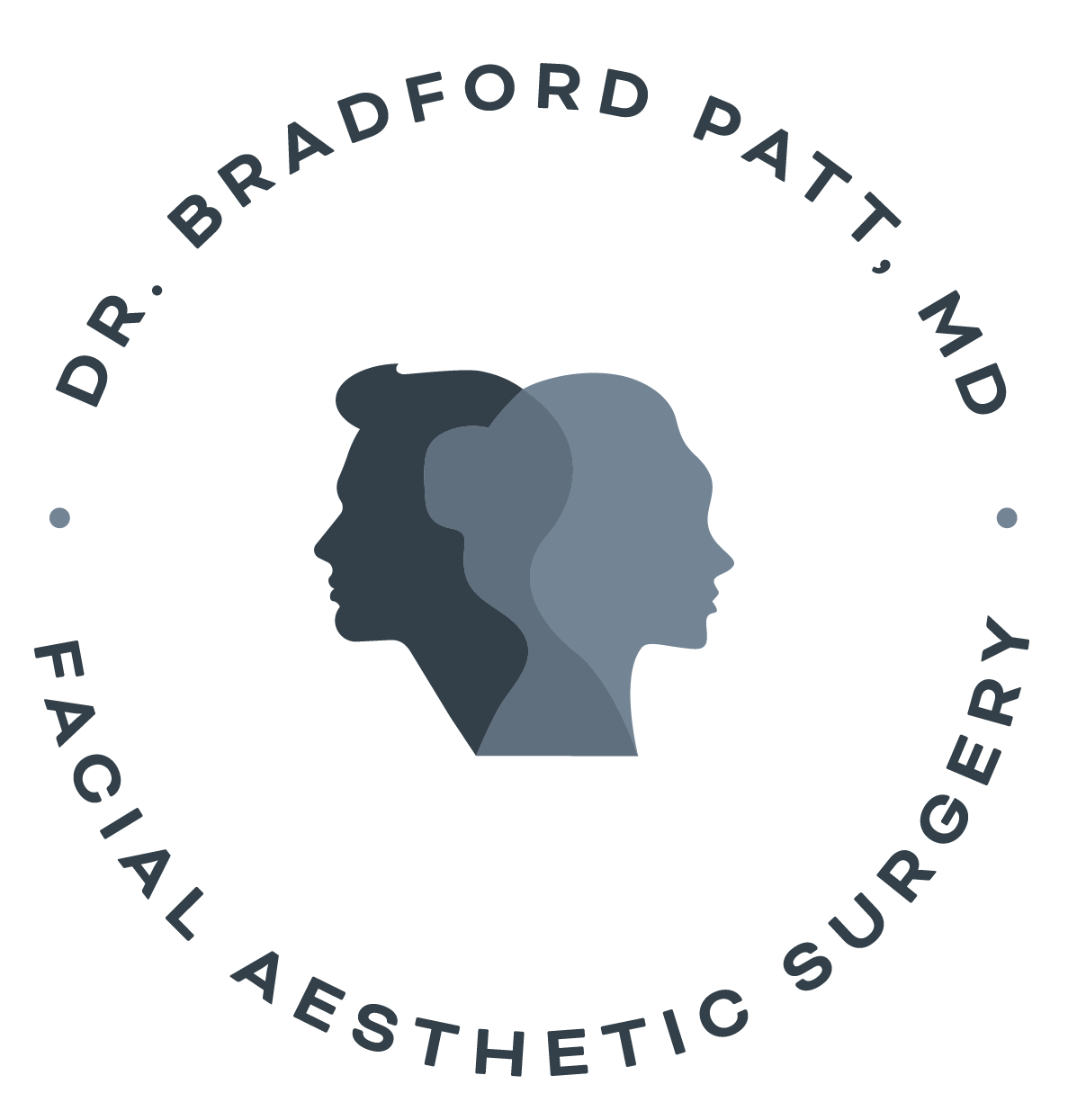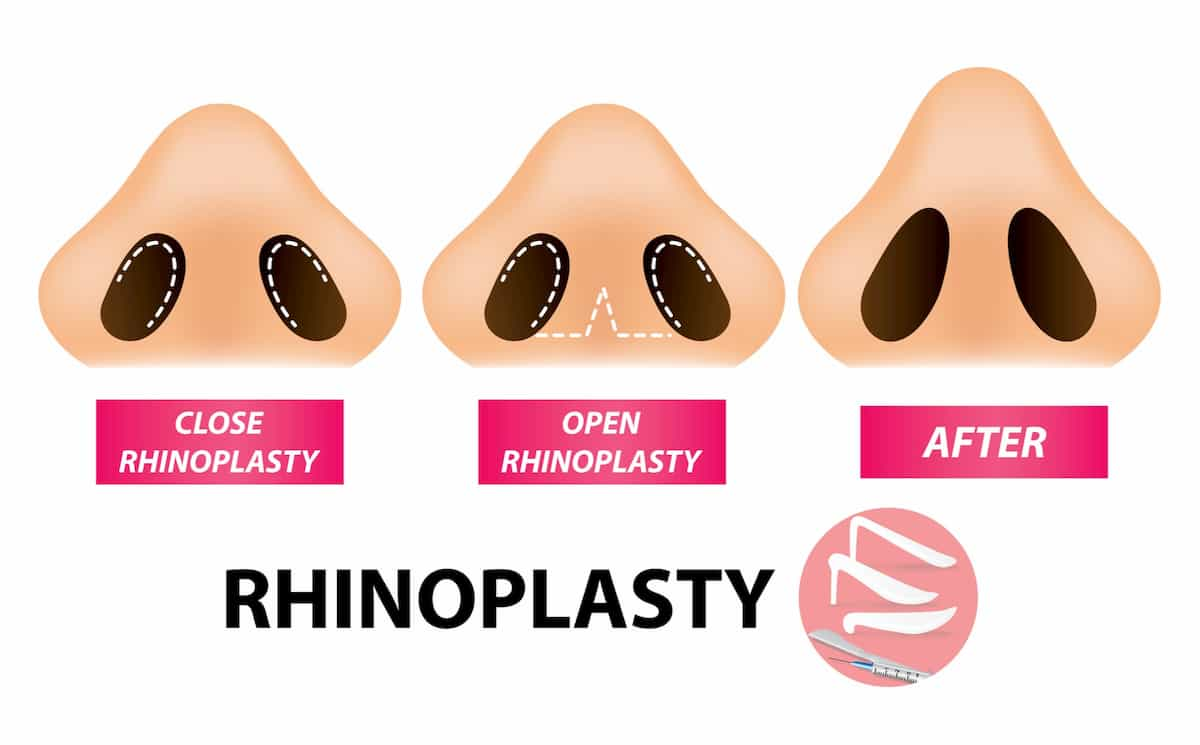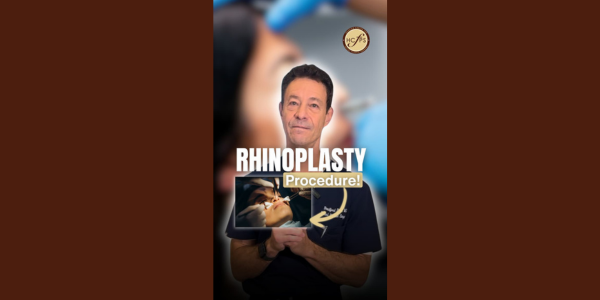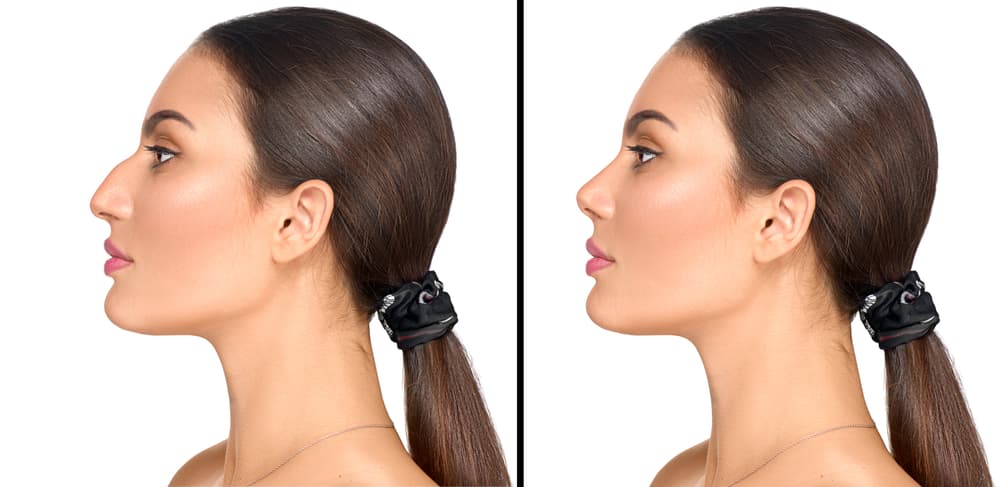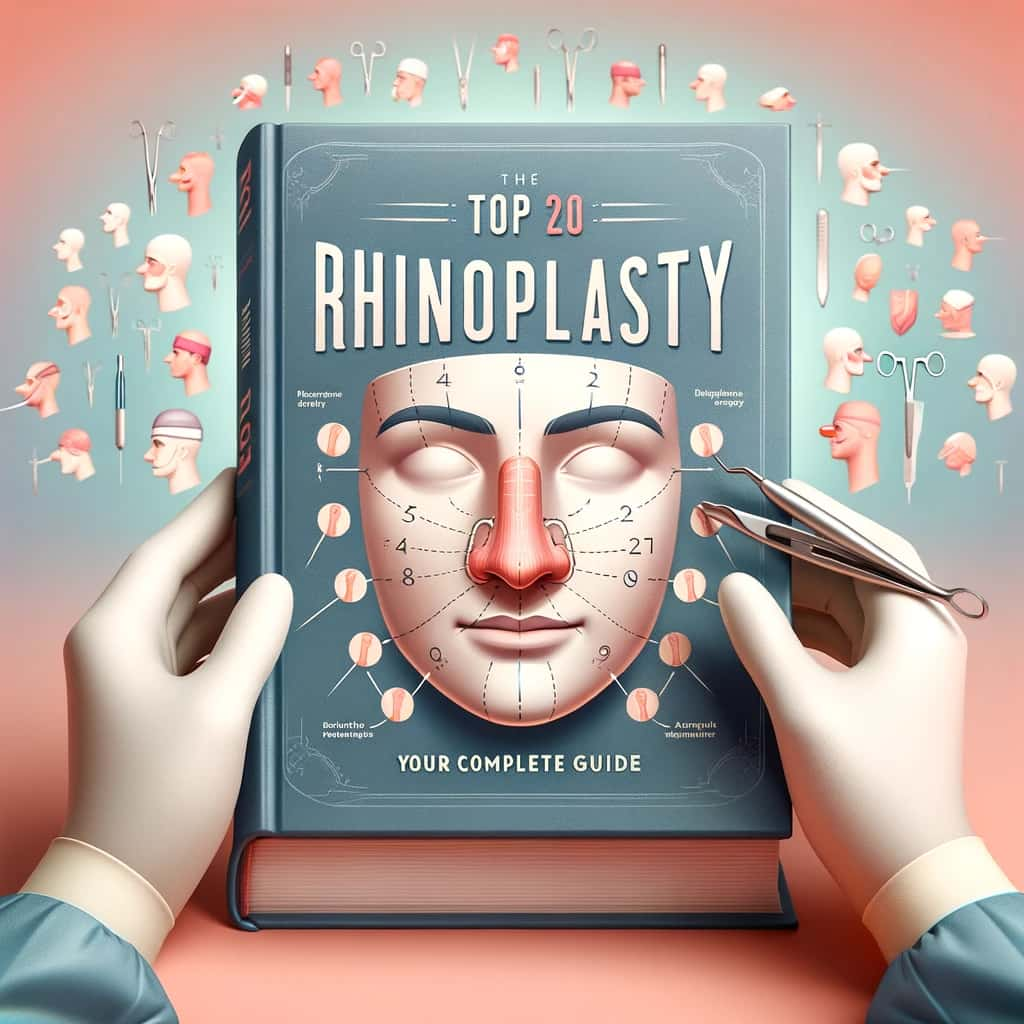Rhinoplasty (nose job) is an option for those looking to enhance the function and appearance of their nose. Even the slightest change in the appearance of your nose can impact your self-image greatly. Not to mention, your nose plays a significant role in breathing.
Because of this, you'll want to ensure your surgery is performed only by a highly qualified and experienced nose surgeon, like Dr. Bradford S. Patt MD, FACS at the Houston Center for Facial Plastic Surgery (HCFPS). After all, he’s been recognized in the “Super Doctors®”, which lists the top five percent) of physicians in each state of Houston for 11 consecutive years, and other prestigious and leading listings.
Rhinoplasty can:
-
Change the shape or angle of the tip of your nose.
-
Make your nose larger, smaller, wider or narrower.
-
Repair a crooked nose.
-
Remove a bump in your nose.
-
Correct numerous cosmetic issues.
-
Help improve your breathing.
Combing rhinoplasty with sinus surgery can correct functional issues like deformities or blockages that could affect drainage, sense of smell and breathing as well as cause discomfort.
Each rhinoplasty procedure is unique and Dr. Patt will sit down with you to discuss your options and which approach will provide you with the most proportional, natural looking nose. There are two main approaches Dr. Patt uses in nose reconstruction rhinoplasty procedures:
-
External Rhinoplasty: The Open Approach
-
Endonasal Rhinoplasty: The Closed Surgical Approach
Open vs Closed Rhinoplasty Approach
Most individuals looking to have the rhinoplasty procedure done usually already know the changes they're looking for. Dr. Patt can make changes through either a closed rhinoplasty where they perform the surgery through incisions in your nostrils or through an open rhinoplasty where they make the incision under the tip of your nose.
Dr. Patt assesses your turbinates and nasal septum and maybe your sinuses if required. Then, he’ll recommend the most suitable approach to ensure you receive the best functional and aesthetic rhinoplasty results.
It's a good idea for you to gain as much knowledge and become well-informed about the surgery option so you can make the right decision for both your appearance and health.
Let's explore the difference between open rhinoplasty and closed rhinoplasty in more detail.
Open Surgical Approach: External Rhinoplasty
The open rhinoplasty approach, unlike the closed rhinoplasty approach, uses a trans-columellar (small bridging) incision to connect the left and right nostril incisions. Dr. Patt folds the nasal skin upward and achieves unhindered and direct lower nasal skeleton visibility.
Along with direct visibility of just about the whole nasal framework, nasal cartilage distortion is reduced and Dr. Patt can evaluate individual components in their undisturbed natural alignment. Therefore, the main characteristic of the open rhinoplasty is the immensely enhanced surgical access the trans-columellar incision permits.
Even though the nose surgeon can correct many aspects of an unappealing nose with the closed rhinoplasty approach and avoid the trans-columellar incision, The improved versatility, effectiveness and accuracy of the open rhinoplasty approach more than offsets the moderate risk of a noticeable columellar scar.
While some nose job surgeons remain proficient at the closed approach, especially in individuals with a relatively straightforward nasal anatomy, the emergence of the open approach has truly transformed complex nasal deformity treatment like:
-
Twisted noses
-
Cleft-lip
-
Severe post-rhinoplasty deformities
In fact, most experts of rhinoplasty consider open rhinoplasty as the surgery of choice for any type of difficult nasal anatomy and the surgeon can only use the open approach for a lot of the highly effective methods of contemporary rhinoplasty.
Because of these same reasons, nose surgeons prefer the open rhinoplasty approach for non-revision (primary) rhinoplasty because it improves diagnostic accuracy and makes precision re-engineering of the deformed nose easier.
But, open rhinoplasty does come with rigorous technical demands and significant commitment and dedication to this approach are needed to consistently achieve great results.
Good Candidates for Open Rhinoplasty
The ideal candidate for open rhinoplasty will most likely require more gentle finesse procedures or more dramatic adjustments to structure and shape their nose. The open approach provides Dr. Patt with full visibility so he can make an evaluation more meticulously to enhance final contour.
Nose surgeons used open rhinoplasty initially to repair cleft lip-nose deformities in patients and they soon realized more visibility would allow them to better diagnose the patient and provide better reconstruction.
Although a nose surgeon can use bone or cartilage grafts to the nose with either the open or closed approach, open rhinoplasty, in the majority of cases, provides a better option. Candidates should be aware of and accept the small columellar incision could leave an unobtrusive scar. It will be a fine incision scar that is pretty much unnoticeable and over time will fade.
Also, candidates should be agreeable with general anesthesia and understand their recovery might be longer because of the adjustment amount made with the open approach as well as the operating time and anesthesia.
Closed Surgical Approach: Endonasal Rhinoplasty
With the closed approach, Dr. Patt positions all the surgical incisions inside your nostrils in a manner where no part of the incision will be noticeable externally and preventing the visible scar. But, because the left and right nostril incisions stay disconnected, it's more difficult to reposition the nasal skin and they need to perform the entire surgery through narrow surgical openings which reduces visibility.
Although a nose surgeon can avoid the visible scar, there are significant technical limitations and challenges that come with this lack of surgical access, particularly when they use more complicated rhinoplasty maneuvers like modifying tip position and shape.
This is particularly the case when the surgeon follows a structure-based rhinoplasty philosophy where they maintain or improve nasal support during the procedure using structural grafting methods.
Many nose surgeons find the closed approach to be considerably useful in certain circumstances like when they perform minor bridge refinement or bridge augmentation.
Good Candidates for Closed Rhinoplasty
The ideal candidate for the closed approach will require only mild to moderate shape and structure adjustments of their nose. Since the nose surgeon has limited visibility in this approach, it will also limit the potential adjustments. Therefore, surgeons don't recommend this technique for patients looking for major nose modifications.
Candidates will not be concerned with noticeable scarring following their closed approach procedure, as they're all internal incisions. Finally, candidates will likely experience a shorter surgical time with this approach as well as a quicker recovery time.
Individuals seeking rhinoplasty should do their research to find a nose surgeon who has significant experience in both approaches and will be able to recommend the appropriate approach with preference formed on the needs of the patients and not their own prejudice.
Most people looking to undergo rhinoplasty are ideal candidates for the closed approach and the surgeon will likely offer this procedure to them. However, individuals with previous nasal surgeries or deformities that require complicated surgical techniques and the use of grafts will most likely be better candidates for the open approach.
Schedule Your Rhinoplasty Consultation with Dr. Patt in Houston, Texas
You can set up an initial consultation with Dr. Patt at Houston Center for Facial Plastic Surgery (HCFPS) to discuss these two approaches and talk about which method will better suit your needs. Schedule your rhinoplasty consultation by completing our online form or by calling all (281) 649-7170.

